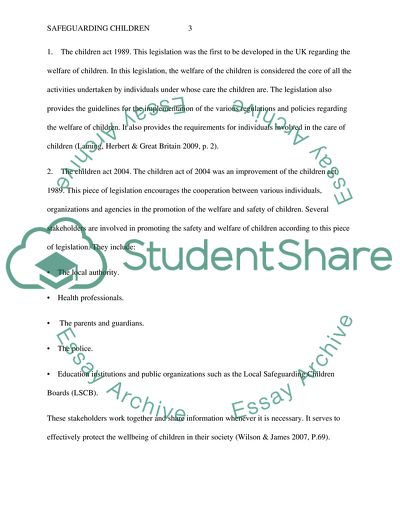Cite this document
(Safeguarding Children in the USA Research Proposal, n.d.)
Safeguarding Children in the USA Research Proposal. Retrieved from https://studentshare.org/social-science/1855553-safeguarding-children
Safeguarding Children in the USA Research Proposal. Retrieved from https://studentshare.org/social-science/1855553-safeguarding-children
(Safeguarding Children in the USA Research Proposal)
Safeguarding Children in the USA Research Proposal. https://studentshare.org/social-science/1855553-safeguarding-children.
Safeguarding Children in the USA Research Proposal. https://studentshare.org/social-science/1855553-safeguarding-children.
“Safeguarding Children in the USA Research Proposal”, n.d. https://studentshare.org/social-science/1855553-safeguarding-children.


